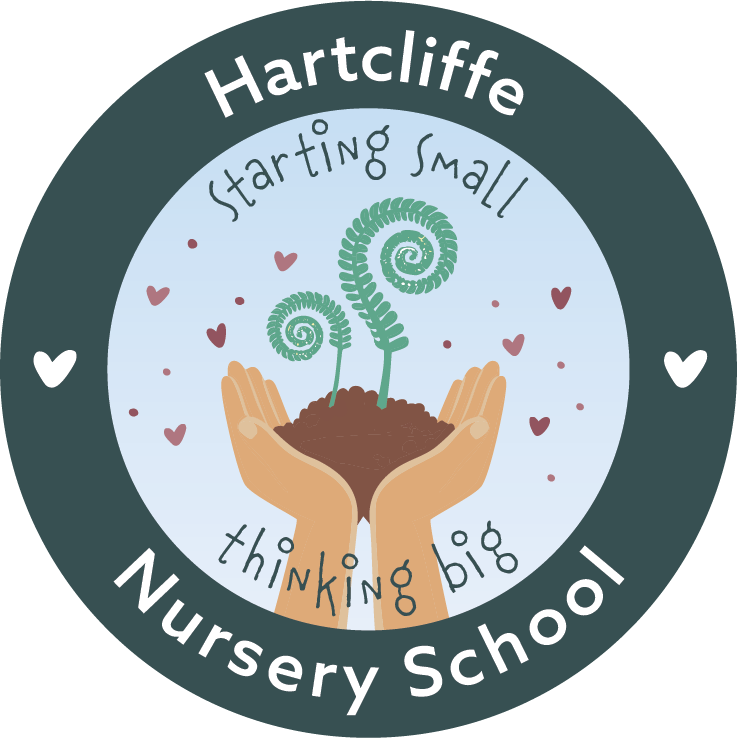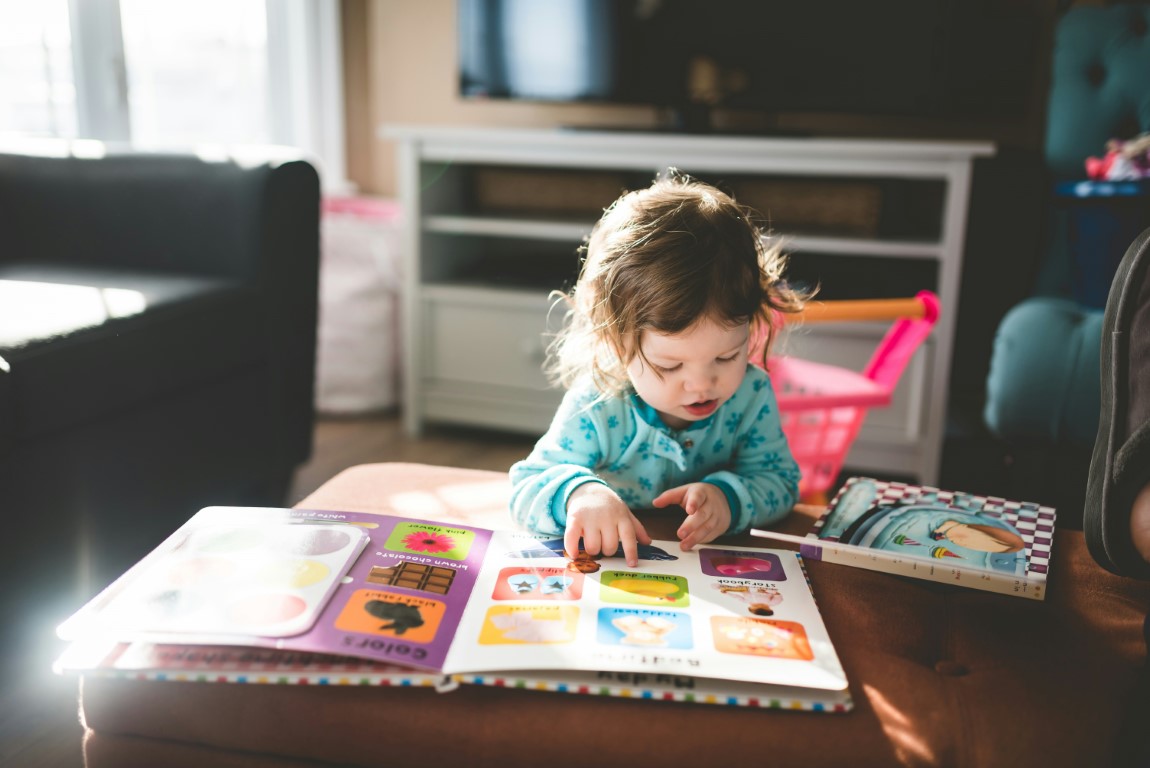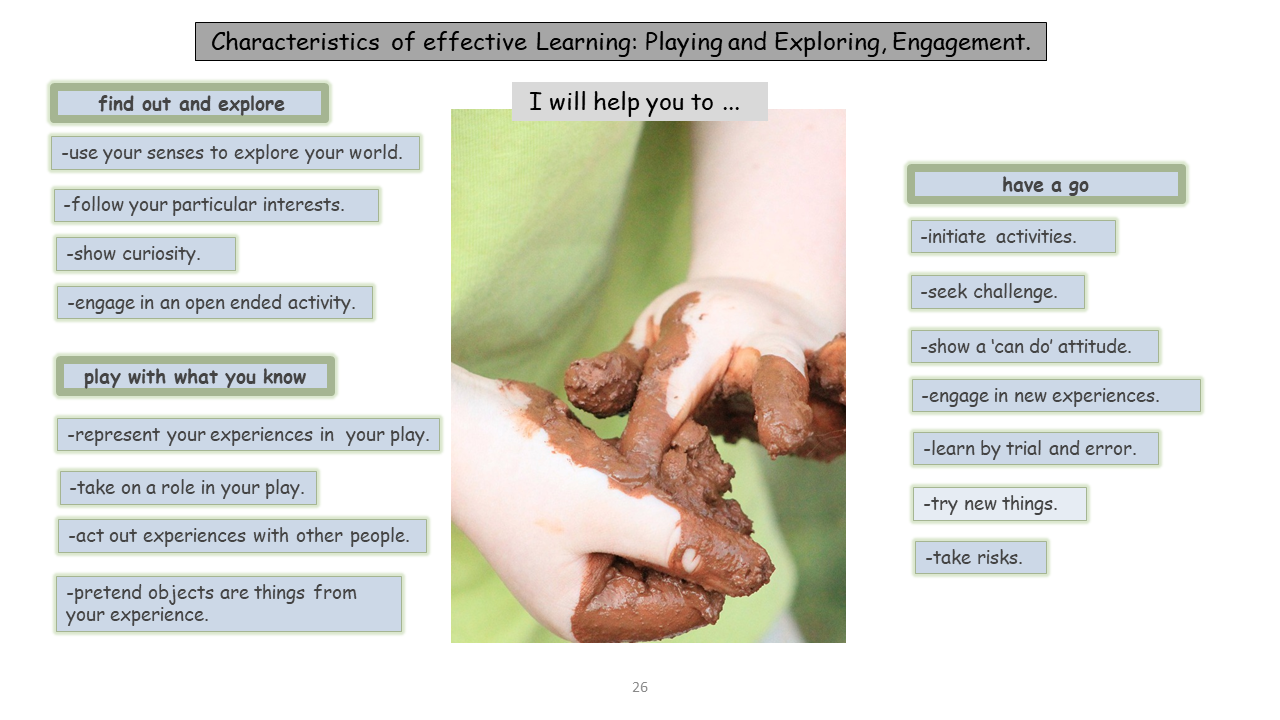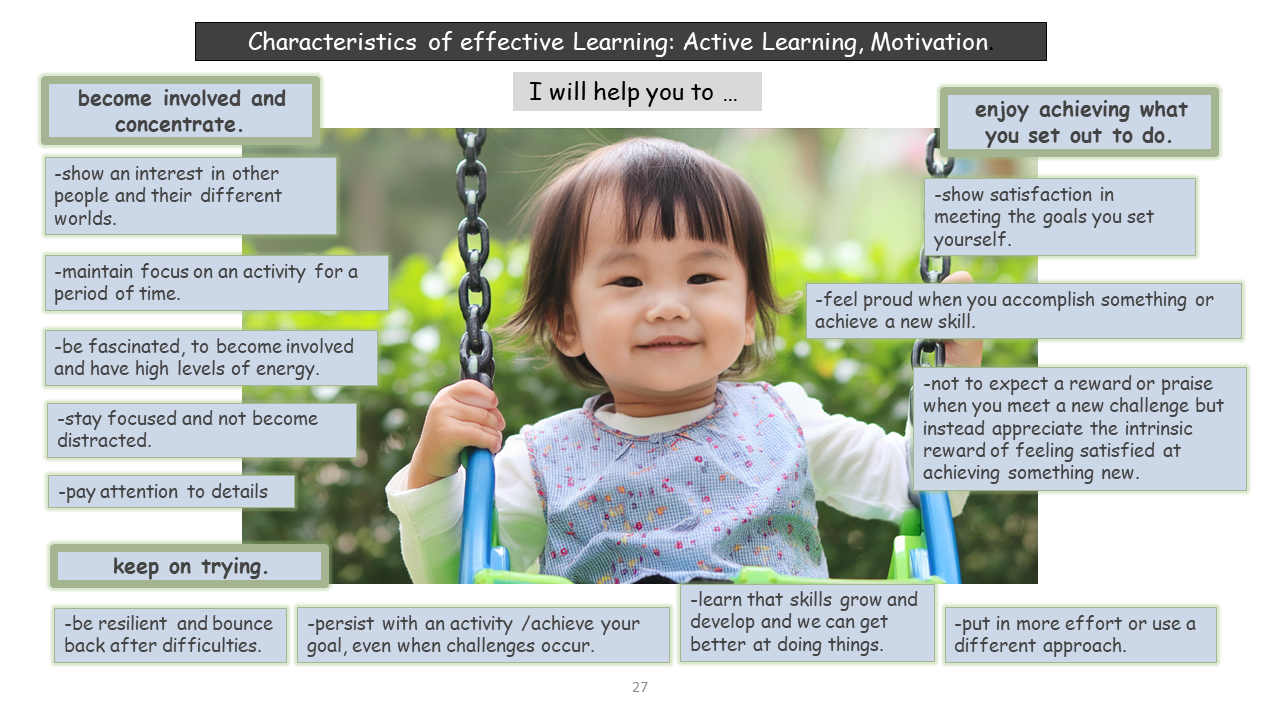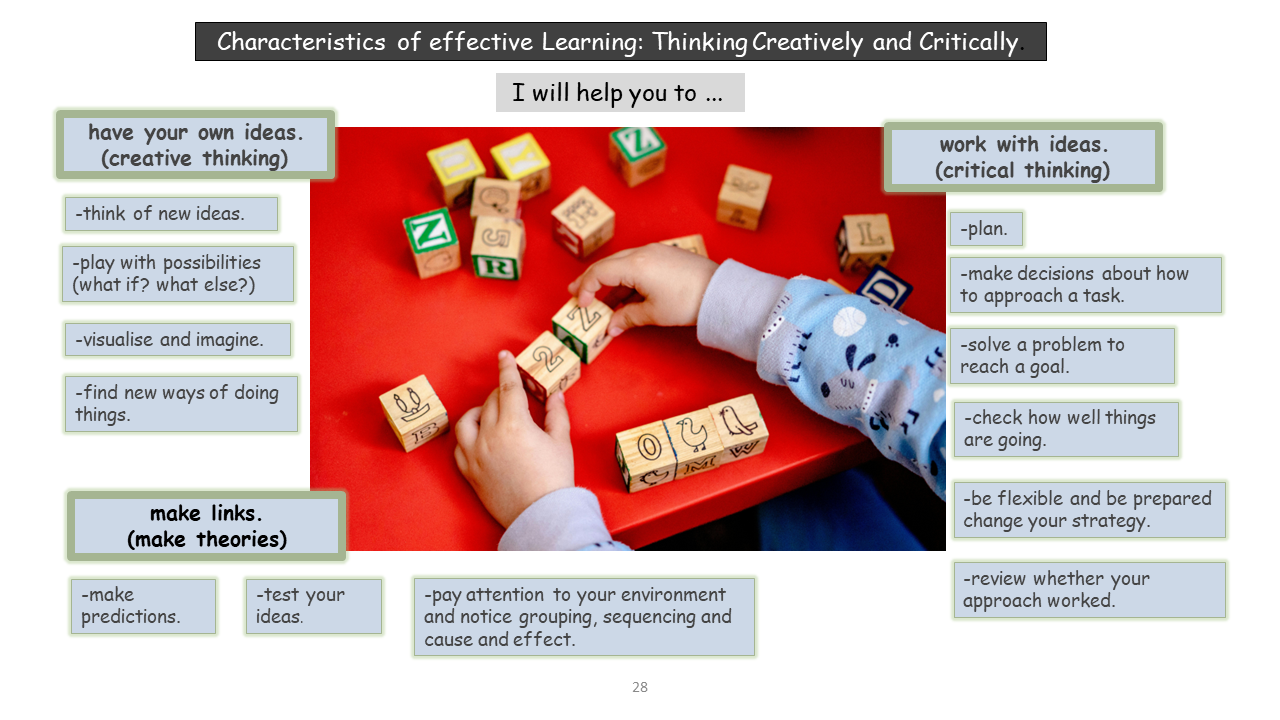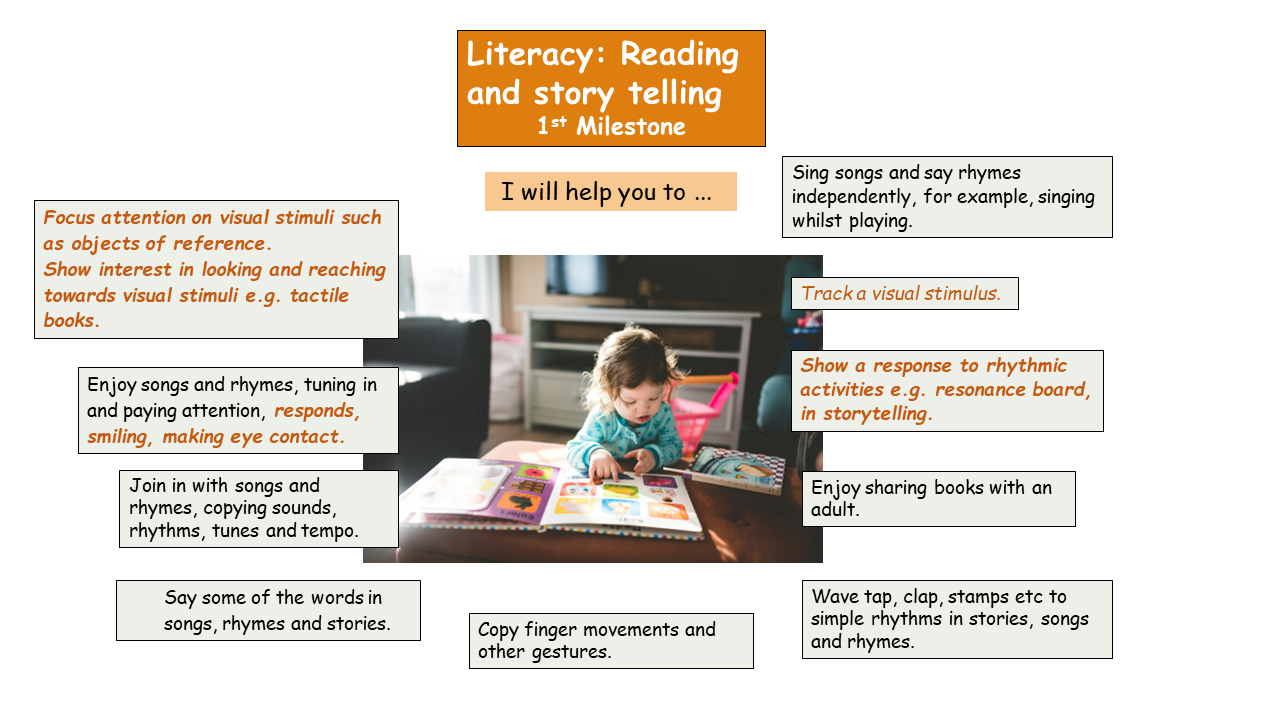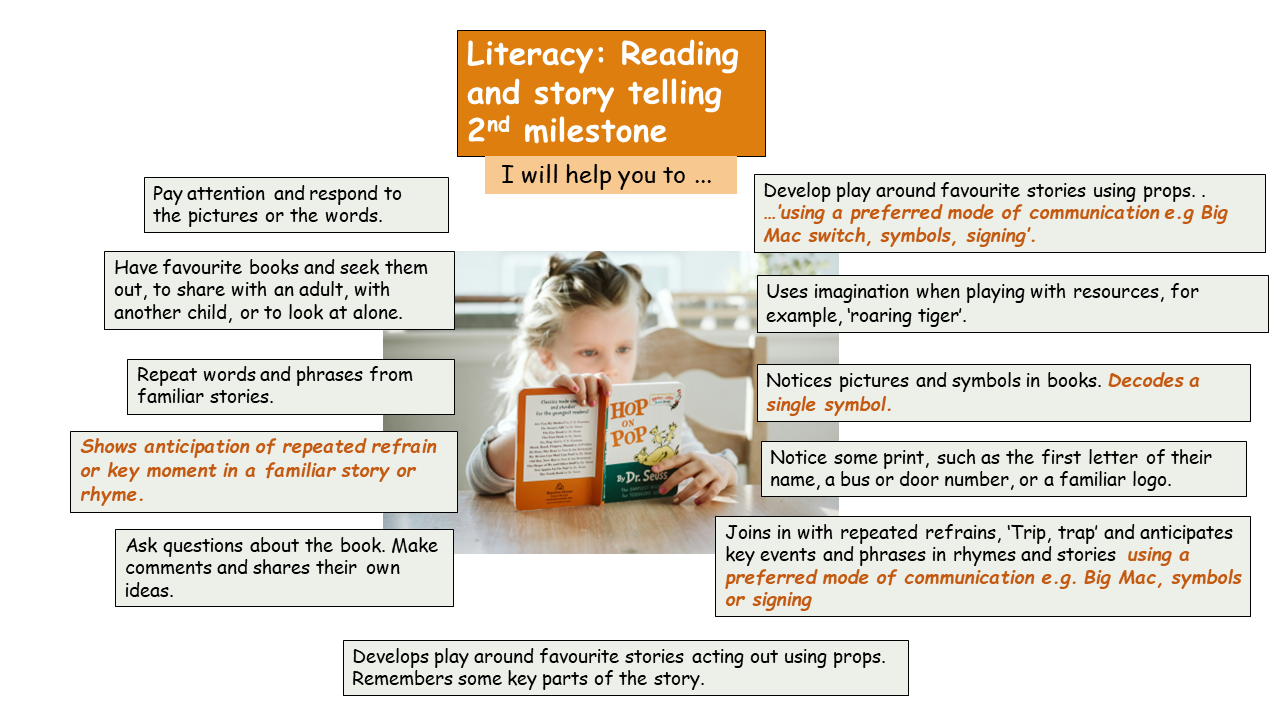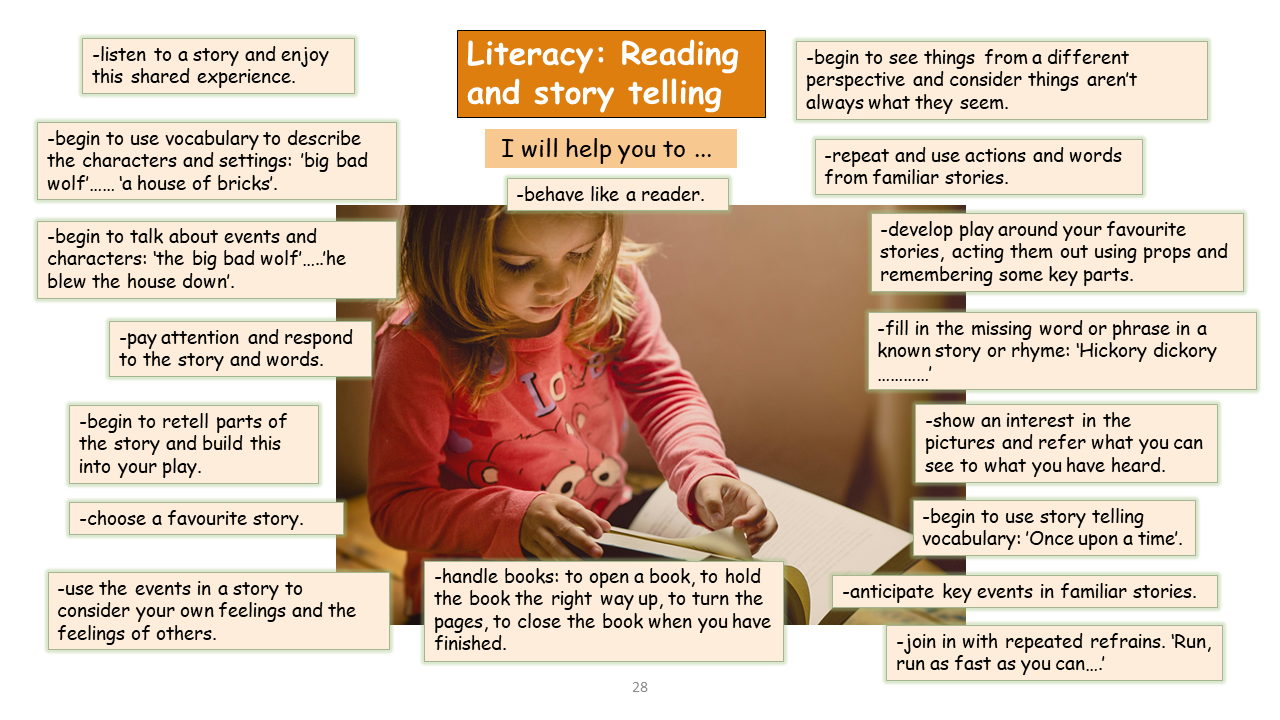Our Curriculum For Two-Year-Olds
A curriculum for two year olds needs to reflect the massive changes that are happening in the brain at this age and the impact this will have on how they grow emotionally, socially and physically. With that growth comes the frustration that we often associate with this age group: As two year olds become more competent movers they feel frustrated by still needing your help; as they become more confident explorers they feel frustrated by still needing your reassurance; as they grow in understanding they feel frustrated by still feeling confused and needing your explanation; as they become self aware and begin to establish their own identities, they feel frustrated at having to navigate social co- operation with others.
Two year olds are having to manage these contradictions and find balance and they can’t do this on their own, and here’s another frustration, as they become more independent they need your support. Added to this, two year olds are beginning to use language to form connections with others and to develop their thinking and understanding. Being misunderstood is another frustration. With frustration come some of the behaviours we associate with two year olds: melt downs – terrible twos – tantrums. But we need to re think these behaviours and the negativity that comes with them: instead, let’s be reminded that the two year old’s brain is growing at a rapid rate but is far from complete. The area of the brain responsible for planning and logical thought is still in development. As a consequence you will see dysregulation. The dysregulated two year old needs co-regulation to recover and find balance again. Co regulation comes from how you respond and the warm, nurturing relationships you build with them.
As we interact and observe our two year olds, let’s celebrate their love of movement, their desire to explore and make sense of their surroundings, their fascination with process and detail, their curiosity, their joie de vivre, joy in life and what it is to be human.
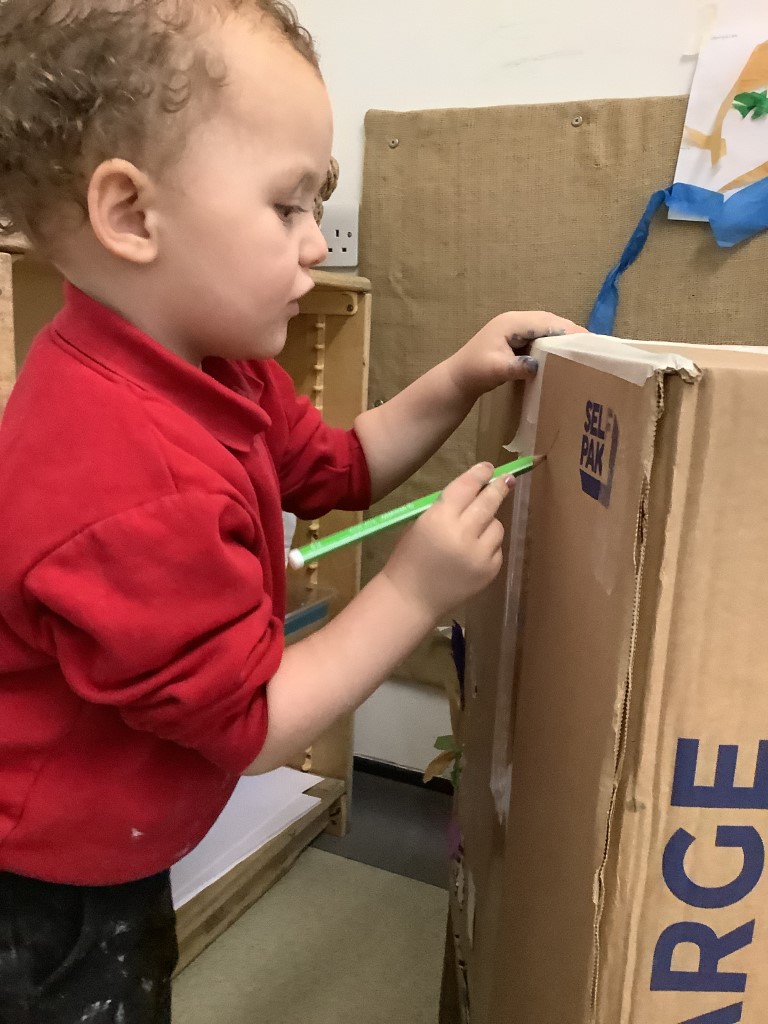
In order to do this, our curriculum must allow us to be:
- intuitive – this comes through knowing our children really well, their diverse cultural backgrounds and their individual stories.
- responsive – to the needs and interests of the child so that we can support a personalised approach to learning which will ultimately provide the skills, understanding and competencies that all children need to be successful.
It relies on us…
- being informed – about child development so that we can guide children’s learning in ways that support their future educational trajectory.
It must be built on the…
- autonomy of the child – where the child is seen as being a competent capable learner. It will be the child who shapes the curriculum, supported by you, their learning partner who is alongside, a ‘co – learner’ rather than in a position of power, leading from the front.
It must make room…
- for the process of learning itself and space for children to build the learning behaviours and characteristics they need if they are to become effective learners such as engagement, motivation, critical thinking, self regulation, curiosity, creativity, resilience, independence, involvement, remembering, concentrating and mentally play with ideas.
At its centre…
- are the relationships we build with our children and families. Relationships enable children to know what it is to be human, social beings and how to navigate the world – they just can’t do it in their own.
We are experts in how children learn
We interpret and analyse learning and behaviour minute by minute to inform our responses.
In doing so, we are generating our own educational theories and best practice.
As the children learn, so do we. This is a learning place where knowledge, skills and competencies are formed with authenticity and meaning.
The Essence of Being Two
- Major changes in brain development
- Beginning to use language in a social context and in thinking
- Gaining a sense of self as an individual
- Having physical ability to move independently and with increasing control
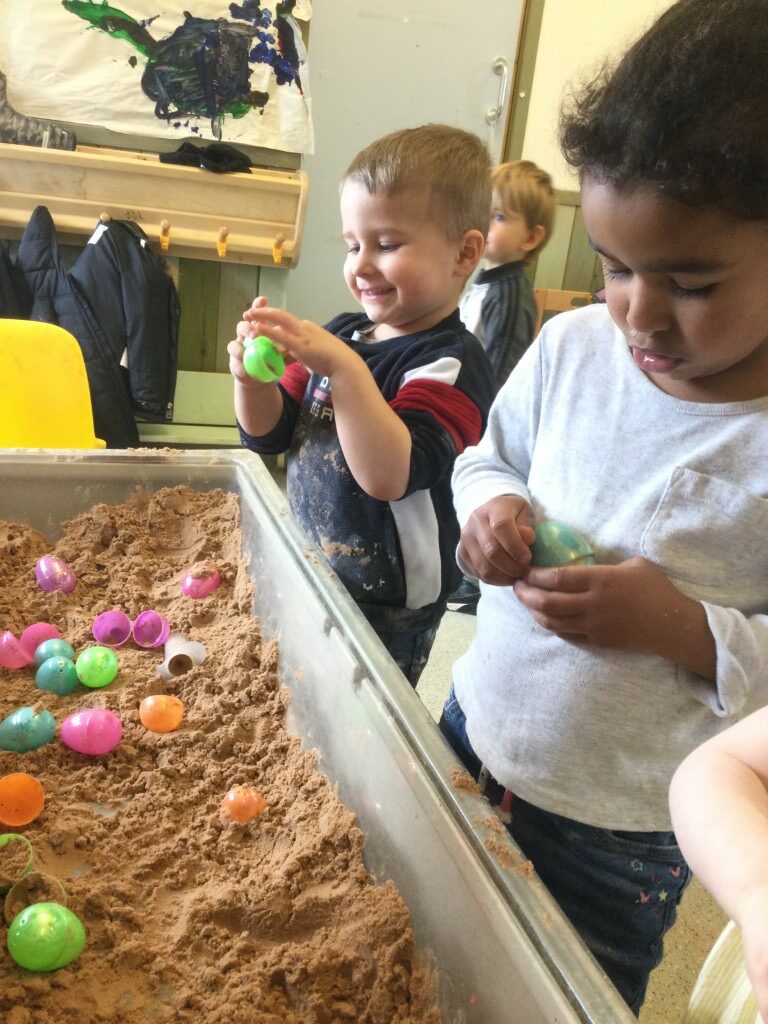
What does your emotionally available adult need to know about you?
Prime Area: Personal, social and emotional development
Relationships
Do you know how to form relationships yet?
I am still learning how to build relationships so I need you to keep showing me what to do. When I arrive in the morning and I see your welcoming smile it makes me feel safe but I still find it hard to say good bye to mummy. I feel better when you invite mummy to stay and play alongside me for a while. This helps me feel settled. I like it when you tell me that you know how sad I feel when mummy goes. When you listen to me it makes me feel better because I know I am understood. My feelings are real and they won’t go away on their own.
I’m still not very good at making friends. I am at the centre of my own world and I’m not sure where others fit in. When you model how to make a friend, I watch you and listen to you so that I know how to make a friend too. I notice you being kind, taking turns and sharing. I need you to model this lots of times.
Can you self – regulate?
It is still really hard for me to self- regulate. I can get very cross, frustrated, anxious or upset. I can ‘flip my lid’ when another child wants to play with the same toy as me. Even when you explain, ‘Jack’s turn now and your turn next’ I just can’t stop myself from getting angry. Sometimes I feel so frustrated because I haven’t got enough words to explain how much I want that toy. This can make me lash out or even bite. Please don’t get cross with me. You know that I’ve stopped using my thinking, rational brain. I’m in ‘fight’ mode, I’ve flipped my lid. I need you to co regulate with me. Please use emotion coaching and PACE to calm me down. When you listen to me with acceptance, curiosity and empathy I feel understood and I can feel emotionally balanced again. It helps when you put words to my feelings.
By experiencing empathy myself, I begin to use empathy with others. Because I am also learning how to communicate, to assert my independence and understand my own feelings this can be inconsistent. I need you to keep modelling what to do. It helps me when you are alongside me in times of distress, when you help me to label my big feelings and when you help me to feel understood. I hear you say,
“I can see that Jack is playing with the red car. I think you want to play with the red car too? That’s making you feel very cross. You are shouting because you are very cross. Jack is having a turn with the red car now and you can have a turn next. I’m sorry that is making you feel so cross. It’s not a very nice feeling.”
I can’t manage stress on my own but because I have built a strong attachment with you, I know that you will make me feel calm and safe again. I know you will guide me to resolve conflicts.
When you are there for me I can feel excited to be at nursery. There are so many new things for me to try. I want to explore my environment and make my mark on it because I know that if I stumble you will be there to catch me.

Sense of Self
What about your sense of self?
The strong attachment I am building with you means my sense of self and self-worth is growing stronger. I need you to continue to be interested in me and what I can achieve at nursery. You need to make me feel truly special. Please let me know that you hold me in mind even when I’m not there.
I need you to help me get to know myself, what my likes and dislikes are, my passions and my motivations.
I need you to support me to try new things and to encourage me when I’m feeling challenged. I need to know that you are always emotionally available. This fills me with confidence.
I especially like it when you ask me to help you with a job to do. This makes me feel important.
When you are playful with me my brain is flooded with well-being chemicals and I feel connected to you. Feeling connected to you helps me feel connected to others. When we all gather together for story time, I know that I belong and that I am a valued member of the group.
Because you are always there when I am feeling unsure I know I can trust you. This strengthens my feelings of attachment with you.

Understanding Emotions
Can you express and name your feelings?
I don’t yet have enough words to describe my emotions. This can make me feel out of control. I can name some of my big feelings like ‘sad’ or ‘cross’ but I don’t always know what my feelings are trying to tell me. You can help me by labelling my feelings for me as I am experiencing them.
I hear you say,
“I’m wondering if you are feeling cross because you wanted the green cup?”
“I’m wondering if you are feeling worried because mummy isn’t here to pick you up yet.”
Your response helps me to make sense of my emotions. I can move from physical sensation to awareness and understanding. Then I can experience feelings of safety, security and trust as I know you are alongside me.
What does your emotionally available adult need to know about you?
Prime Area: Personal, social and emotional development
Listening and Attention
Can you sustain attentive listening?
I can sustain attentive listening when presented with something that really interests me, that I am curious about, that captures my attention, that is novel, that is very familiar and perhaps my favourite. I need you to understand that I am full of contradictions.
Are you able to respond to what you have heard?
I can respond to what I have heard. I need you to use my name to catch my attention, get down to my level and be face to face. It helps me if you use visuals, actions and gestures.
Can you take turns and listen to others?
I find it really difficult to take turns but with your support I can. I need you to be very clear: “Jack’s turn now, your turn next”. I need you to model being a listener so that I know what to do in order to be a listener too.
Can you listen to stories and rhymes?
I love listening to stories and rhymes! When you read me stories, I like to feel comfortable and in a cosy space, sometimes snuggled up next to you. I also like it when you use props to tell the story as this helps me to focus. Sometimes I will look at books on my own and behave like a reader.
When you sing me songs and tell me rhymes, I like to copy your actions. I like hearing the same song again and again. If songs/ props are made accessible to me, I will choose to sing to myself. This is so good for my language development.
Will you join in with repeated refrains?
I love to join in with stories, especially when words are repeated in a rhythmic way, this captures my attention and helps me to remember.
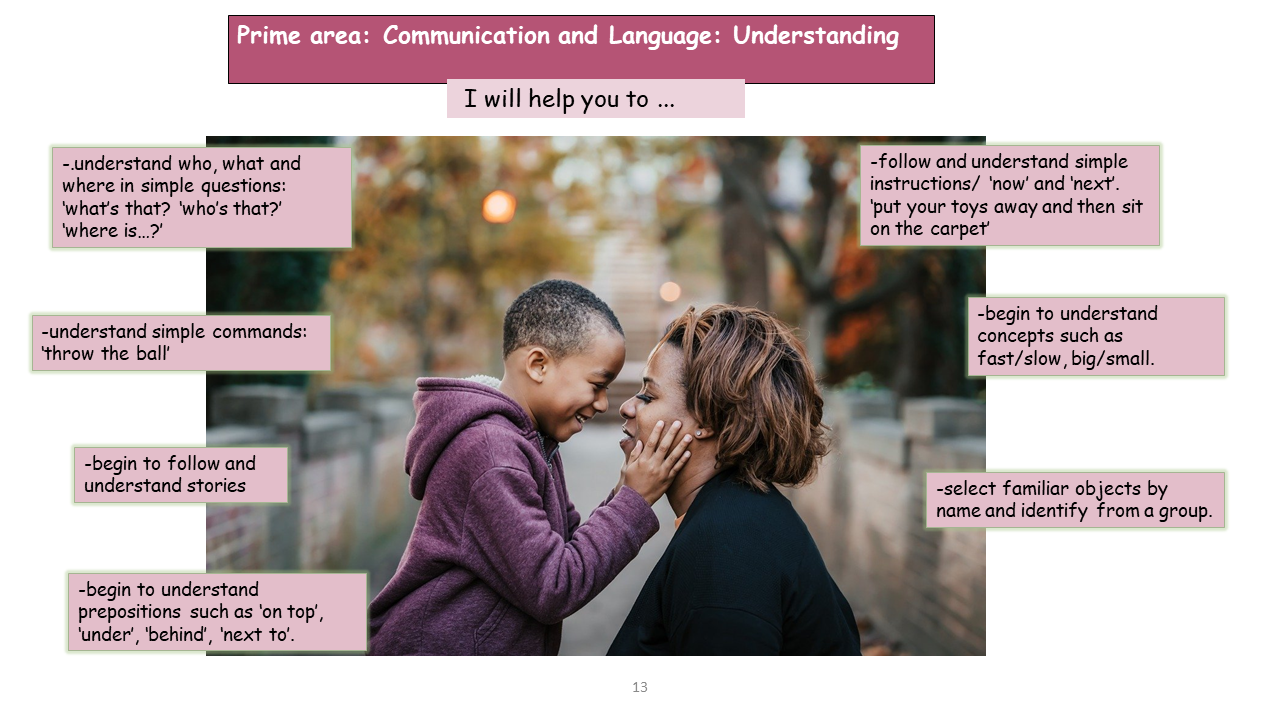
Understanding (Receptive Language)
Do you understand who what and where questions?
I can understand who what and where in simple questions: ‘Who’s that?’ ‘What’s that?’ ‘Where is ……..?’
Can you follow and understand stories?
I can follow and understand stories, especially if I’ve heard them before. They need to be repetitive and predictable.
Can you understand and follow instructions containing sequence words; first, after?
I understand ‘now’ and ‘next’ especially if this is reinforced using visuals.
Do you understand simple commands?
I understand simple commands especially when you refer to objects of reference and visuals.
Do you understand concepts such as ‘fast/slow’ and ‘big/little’?
I understand concepts when presented in a tangible/concrete way, within my learning environment and when I am able to explore them in my play. When I hear you using vocabulary to describe them I am better able to remember and use the correct words myself. The language you use helps to build the thinking part of my brain, to put my experiences in order and to be able to make sense of them.
Can you select objects by name and identify them from a group?
I can select objects by name when they are things which I experience in my everyday world, that I am familiar with or may have at home.
Do you understand prepositions such as ‘in’ ‘on’ ‘next to’?
I understand prepositions when they are presented in a tangible, meaningful way, within my learning environment and when you are there alongside me, scaffolding my learning.
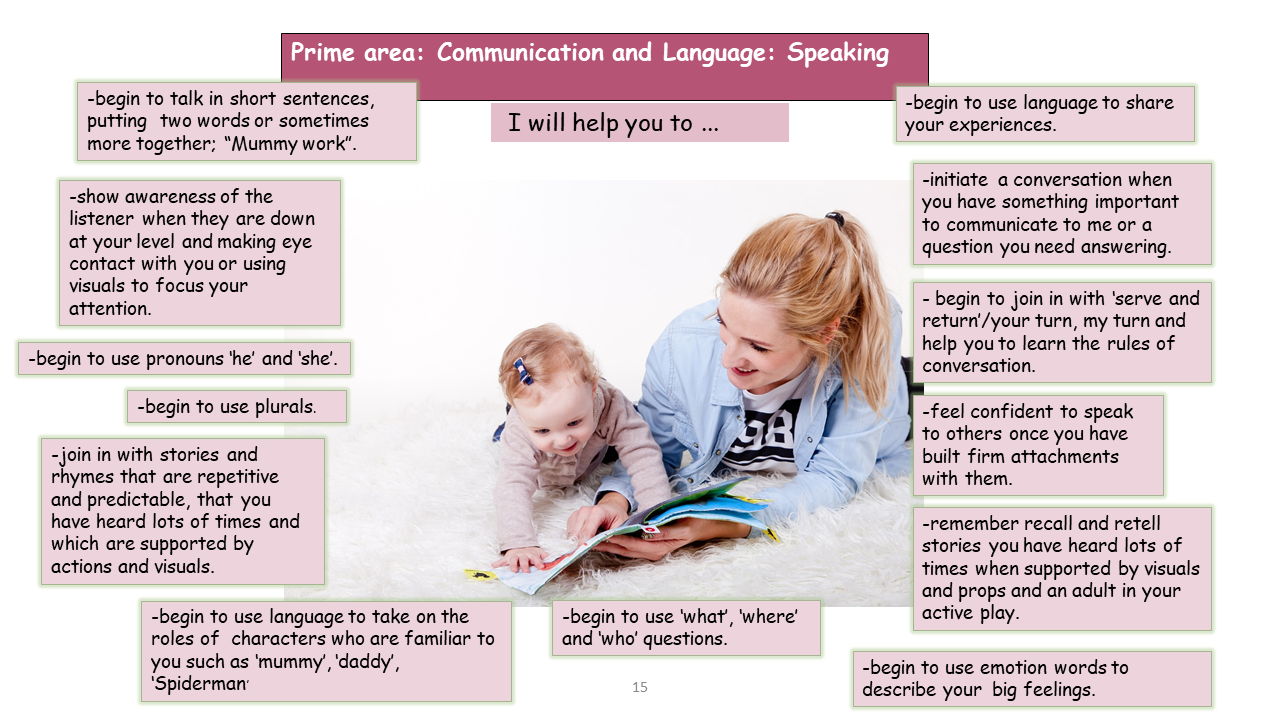
Speaking – Expressive Language
Can you talk in sentences yet?
I am trying really hard to talk in sentences. I can put two words together, ‘more milk’ and I am trying to build longer sentences, ‘mummy gone work’ because I want so much to be able to communicate with you. It can be very frustrating for me when I can’t get my message across and this can cause me to feel emotionally disregulated. When you see me like this, please don’t describe my behaviour as ‘challenging’ or ‘disruptive’. Instead respond to me with understanding so that I feel heard and this will help me to feel emotionally balanced again.
Will you join in with stories and rhymes?
I love joining in with stories and rhymes. If you choose stories which are predictable or have lots of repetition, I can ‘read along’ with you. ‘Run, run, as fast as you can/ He huffed and he puffed’.
Do you use talk to organise and clarify your thinking, ideas, feelings and events yet?
I am only just beginning to make the link between thinking and speaking and that words allow my thoughts to be held in mind. I need you to ‘think out loud’, use ‘language for learning’, label my emotions and narrate what is happening as we play together and to model being a thinker.
Do you use language to recreate roles yet?
I am only just beginning to ‘role play’. I like playing in the home corner where I act out things that I see at home like mummy making a cup of tea. When you play with me, I hear you using lots of words. I need you to model language a step beyond my own. This helps my role play to become more complex. You may have noticed that often the places you provide to encourage my role play, like the home corner, become places for me to explore, to act out my schemas and find out what role play props can do rather than use them for their intended purpose.
Can you remember, recall and retell stories you have heard?
I am beginning to remember, recall and retell stories if I have heard them lots of times. I don’t always have all the words I need to retell the story in full, but if I have objects and props I will use those to help me. Allowing me to embody the story by acting it out helps me too.
Social Communication
Do you feel confident to speak with others?
I am not always confident to speak with others who are not familiar to me.
Can you initiate a conversation?
I often start a conversation with a question,(what, where, who) ‘what’s that?’ ‘where’s my mummy?’ because I am very curious and want to find out. I can use about 50 words but I understand lots more, (around 200 – 500). I need you to support my conversations by pointing, mirroring and modelling. I do not have enough language, nor do I understand the rules of conversation yet, to be able to hold or develop a conversation of length or depth.
Do you show an awareness of the listener?
When they are down at my level, making eye contact or using visuals to focus my attention.
Do you participate and interact in a group?
I am so excited to join in with a shared experience and feel the joy that this brings, that I often can’t wait for others to talk and want to tell you everything. I need you to draw my attention to others in the group and help me to listen to what they have to say too. At other times, I may feel overwhelmed by the rest of the group and need you to support me.
Do you use any emotion words?
I might use words such as ‘happy’ and ‘sad’. I need your help to extend my emotion vocabulary.
Do you use pronouns?
I am beginning to use pronouns but I sometimes get confused and need you to model what to say.
Do you know how to use plurals?
I am beginning to use plurals but I need to hear lots of examples to help me remember.
What does your emotionally available adult need to know about you?
Prime Area: Physical Development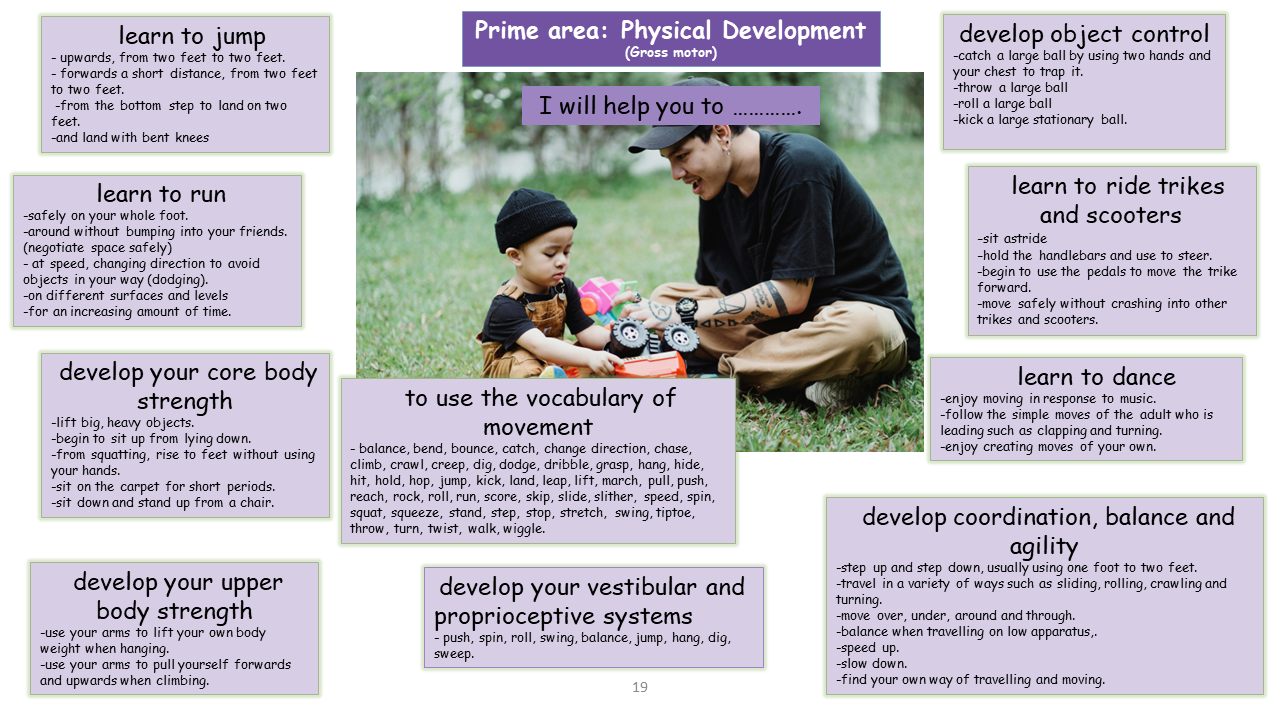
Gross Motor Skills and Core Body Strength
Can you lift big, heavy objects?
I enjoy lifting heavy objects and carrying them from one place to another. You will often see me doing this as part of my schematic play. I love it when you find a job for me that involves carrying something. I might need to play in this way again and again as repetition is an important part of what I do.
Can you sit up, on the carpet or on a chair?
I can sit up on the carpet for short periods but this relies on my core strength which is still developing, so after a while, I begin to feel uncomfortable and I need to get up and move about. I love it when we sing action songs at carpet time like ‘heads, shoulders knees and toes’ and when you ask me to act out the story.
I can sit on a chair. This relies on my core strength and balance too.
It is difficult for me to sit up from lying. You may have noticed this when you have finished changing my nappy. I need lots of physical activity to build my core strength.
Can you pull yourself up when climbing?
Climbing is irresistible to me. I have the urge to go higher, feel strong and brave, experience freedom and a sense of achievement. Climbing is a whole body, ‘big body’ movement which supports my overall muscular strength, my endurance, my balance and my coordination. I need lots of opportunities to climb indoors, like up the stairs, and outdoors, like up a tree. It is often easier for me to climb up than climb down. I need to be able to make mistakes and work out solutions for myself without being told to ‘be careful’ all the time. I like it when you are there to keep me safe but please don’t stop me from challenging myself.
I can climb up and down stairs on my own but usually need to hold onto the hand rail. I often step from two feet to two feet.
I need to experience lots of big body movements to develop my core strength and my upper body strength. That’s why I like to play outside. I have a biological drive to use my body in this way.
Develop Coordination, Balance and Agility
My coordination, balance and agility are growing and the more opportunities you give me to be physically active, especially outside, the better I become.
Object control: Can you throw and catch a ball?
I can throw a ball. You will often see me doing this as part of my schematic play. I enjoy throwing all sorts of objects.
I can catch a large ball. I need you help me to focus and not stand too far away. I use both hands and my body to catch the ball. I need lots of tries as I often miss.
Can you kick a ball?
I love playing football. I don’t always have enough strength in my legs to kick the ball as far and in the direction I would like. I find it easier to kick a ball that is stationary.
Can you ride a trike/ scooter?
If you ask me whether I have a trike at home, you will often find that I will be able to ride it at nursery. I usually find it difficult to pedal because the muscles in my legs aren’t strong enough yet.
Can you balance on a beam?
I can walk along low beams but feel nervous when balancing at a height.
Can you move/run around spaces and obstacle courses confidently and safely?
I find it hard to step up and step down when moving along an obstacle course.
What about running?
I love running! Sometimes you won’t be able to stop me. It is important for me to experience running in short bursts and to get out of breath.
What about Jumping?
I love jumping! I am learning to take off and land on two feet. It is easier for me to jump forward than upwards. I need plenty of opportunities to jump because jumping will promote my overall body strength, coordination, balance and agility. If you let me, I will show you how far and how high I can jump. Jumping also stimulates my vestibular system. I need this to develop my balancing skills. I will also need to twist, roll, spin, jump, hang, dig and sweep. Notice when I am moving in this way. Follow my lead and think of ways you can change the environment so that I can do more. Movements where my body has to travel through space and know where it begins and ends, such as rolling and twisting, support my proprioceptive functioning.
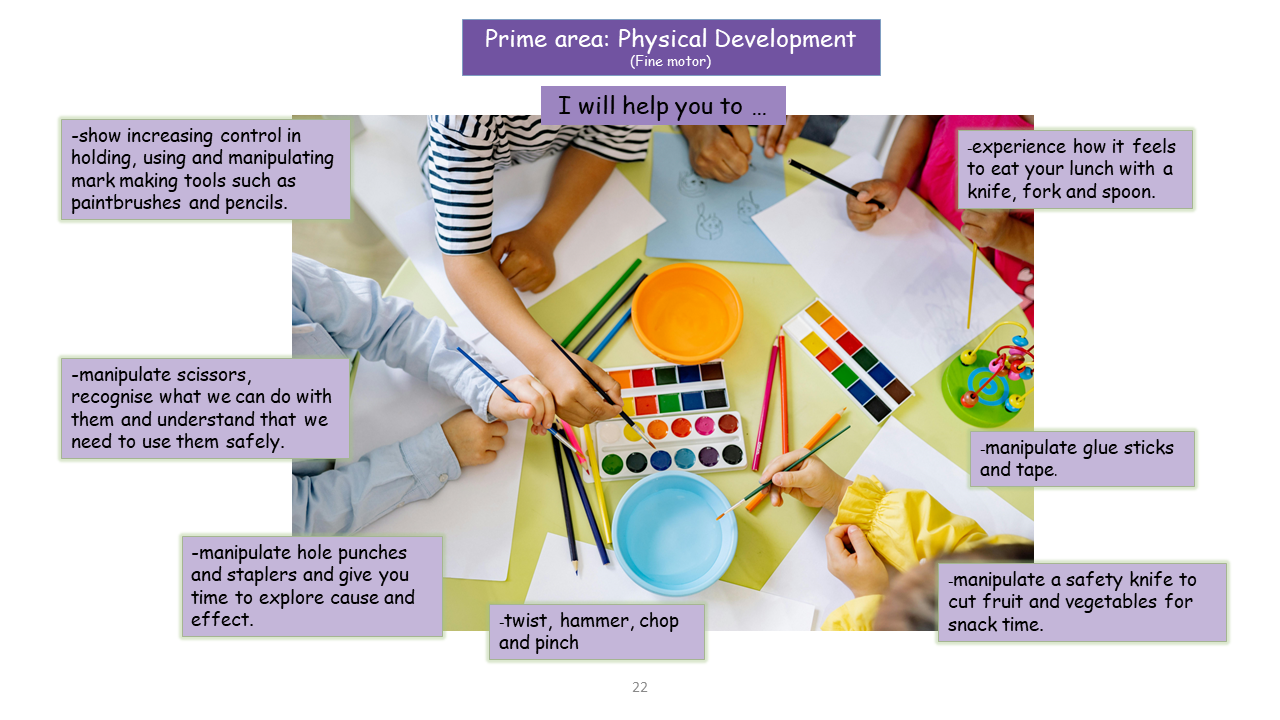
Fine Motor Skills and Using Tools with Precision
Can you use a knife and fork?
It is difficult for me to use a knife and fork but I like to have a go. I will often use my fingers or ask for a spoon because I feel frustrated when I can’t manage my food.
Can you cut with scissors?
Its difficult for me to cut with scissors. I will often use two hands at a time in an effort to make snips in paper or cardboard but I am really excited to have a go.
Can you use pencils, paint brushes, hole punches, staplers, tape and glue sticks?
I will always have a go at using the tools in my environment. I often use a fist grip. I am interested in cause and effect and so I will explore different ways I can use tools and the impact I can make. My fine motor skills are not always yet refined enough to hold and use tools for their proper purpose. As my gross motor skills develop and my core strength, balance and coordination get better, I begin to have more control over my fine motor skills. I therefore need lots of opportunities to play using big body movements like climbing, running, jumping, balancing, lifting, rolling, pushing and pulling.
Can you twist, hammer, chop and pinch?
The more opportunities you give me to twist, hammer, chop and pinch the easier it becomes.
I can use a safety knife to chop food for snack time.
I can hammer objects with a larger surface area, such as golf tees into foam.
I can twist such as turning on a tap.
I can pinch such as adding spices to ingredients.
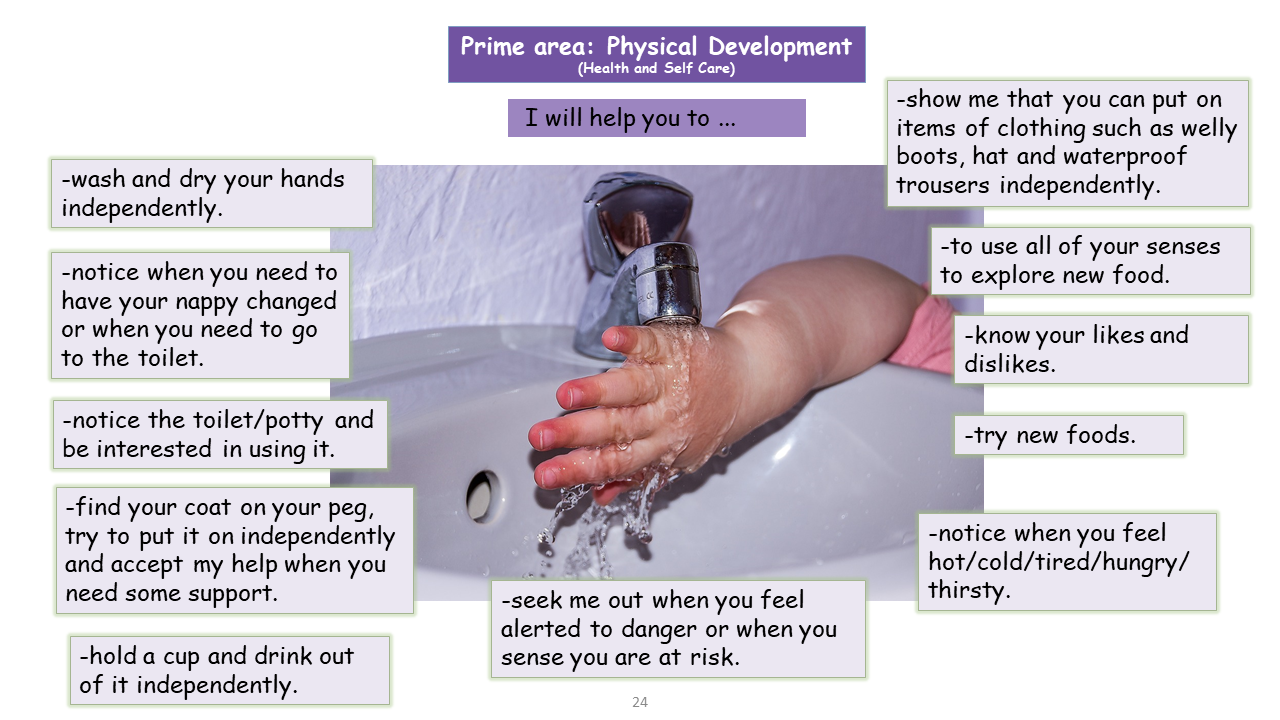
Take Care of Yourself
Can you dress and undress independently?
If you give me lots of practice, I will enjoy showing you that I am able to put on a hat, my welly boots and waterproof trousers all by myself. I still struggle to get my coat on and usually need you to help me find the arm holes. I can’t do my zip up yet. Sometimes I try and I become really frustrated. If I get cross and shout at you its because I am not able to use my thinking brain to help me think rationally.
Can you use the toilet independently?
I still need to wear a nappy. I cannot use the toilet on my own yet but I am starting to be curious about it.
Can you clean teeth and wash your hands independently?
I like to clean my teeth by myself and often won’t let you help me. I can wash my hands independently.
Are you able to show responsibility?
With a little support, I can show responsibility such as helping you to put the toys back in the box and knowing where to hang my coat. Singing the tidy up song and then expecting me to put everything away makes me feel overwhelmed.
Do you demonstrate self-nurture?
I do not always know when I am hungry/ hot/cold/tired. I need you to notice me and tell me how you think I am feeling.
Characteristics of Effective Learning
Slideshow – Use the arrows to navigate
Literacy
Slideshow – Use the arrows to navigate
To support you your emotionally available adult will…
Positive Relationships
- Be expressive; and use facial expressions to make the story more interesting.
- Make links with stories during play, acting out parts of the story, ‘Roaring like a lion, rrr!’
- Model actions and voices for you to join in with.
- Use Makaton signs, visuals and speech to convey meaning and help you understand the story.
- Find out what stories you like at home.
- Draw your attention to the pictures and hold authentic conversations about what you notice.
- Give you time to think, notice, wonder and not interrupt you. To follow your interest in the story or pictures. Respond to your ideas and follow your lead.
Enabling Environments
- Create comfy spaces inside and outside including dens, circles and in the forest.
- Provide you with a range of high-quality books that interest you and follow your fascinations.
- Make sure all books reflect reality, your experiences and the culturally diverse world that we live in. You will be able to see yourself in the story.
- Provide small world resources to enable and inspire you to tell your own stories.
- Use props and visuals to bring the story alive and help you understand it.
- Use books with beautiful, interesting illustrations to engage you.
- Provide non-fiction books so that you can learn about the world around you.
